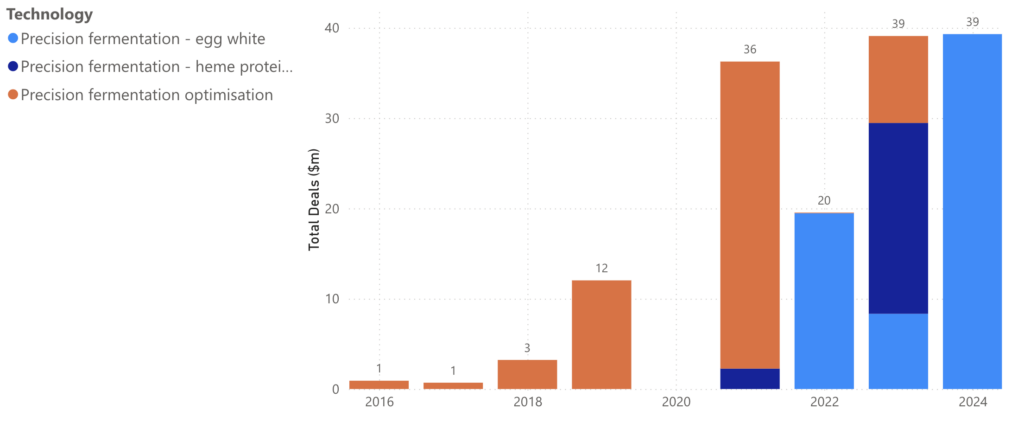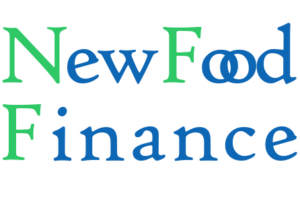Green Ammonia Fertiliser: Elusive Output
Chart of the Week – Leading companies, Green Ammonia Fertiliser Investment

Green ammonia fertiliser producers are attracting private investment, rising to more than $800 million last year, but this remains tiny in comparison with the conventional annual fertiliser market, worth more than $200 billion annually, while green ammonia fertiliser output is small to zero to date.
Conventional ammonia fertiliser is produced in a two-step process, where hydrogen is first split from natural gas (a process called steam reforming), which leads to significant CO2 emissions, and then combined with nitrogen in the air under high temperature and pressure (the Haber-Bosch process).
The high carbon emissions associated with steam reforming is driving investment in less carbon-emitting, hydrogen alternatives, and especially electrolysis of water using renewable power (see Chart of the Week, above).
But where can you buy “green ammonia” fertiliser? Almost nowhere, yet. Atlas Agro’s announcement in February, breaking ground on a green ammonia fertiliser plant in Brazil, is a rare example of concrete action.
The problem is how to compete with a cheap, highly established process. The answer may be a step-change in public investment in green ammonia fertiliser R&D.
At New Food Finance, our focus is investment in a green transition in food production. We have classified more than 3,200 companies according to more than 1,700 sectors, sub-sectors, markets and technologies that mitigate pollution, greenhouse gases or biodiversity loss.
Green Ammonia Fertiliser: Elusive Output
BERLIN, 30 May, 2024 – Seqana has secured €2.1M from German seed investor HTGF and carbon removal firm Counteract to refine its soil carbon measurement algorithm.
Seqana is an EU-funded, earth observation and ML-enabled, SaaS company that says it is streamlining the monitoring, reporting, and verification (MRV) of regenerative agriculture. Seqana supports private landowners, natural climate solutions project developers, and corporations, with tools to monitor their impact on carbon sequestration, aiming to be faster, cheaper, and year-round. With the support of satellite imagery and machine learning, Seqana says it has developed an MRV method that makes it much easier to measure impact on soil organic carbon.
What We Are Reading
June 3 2024 – Breakthrough Institute – “Public Financing For Agricultural Decarbonization And Abundance” – A report presenting a strong argument for the U.S. to ramp up public investment in a green transition in food and ag, in the same way as the Inflation Reduction Act is driving growth in low-carbon energy.
